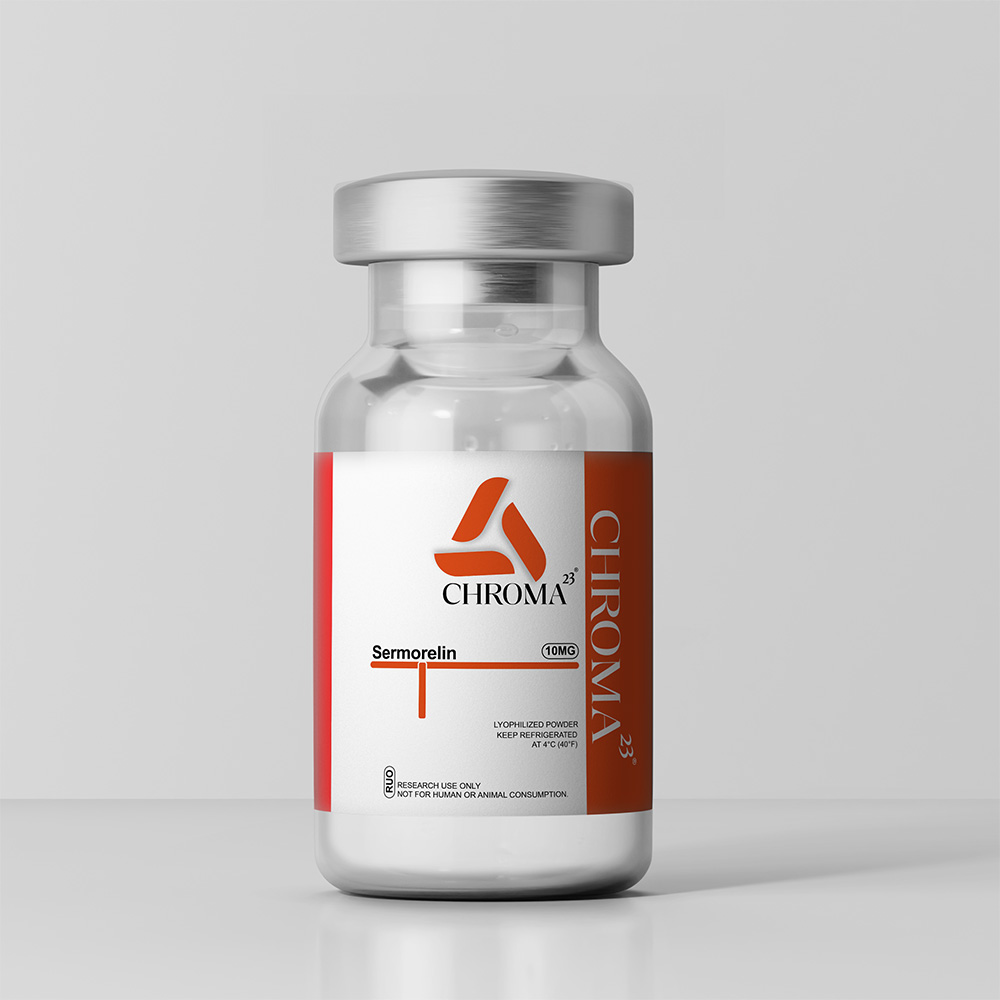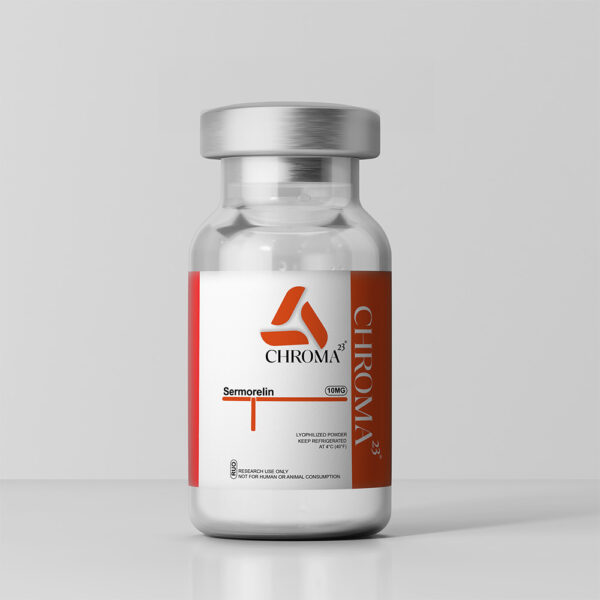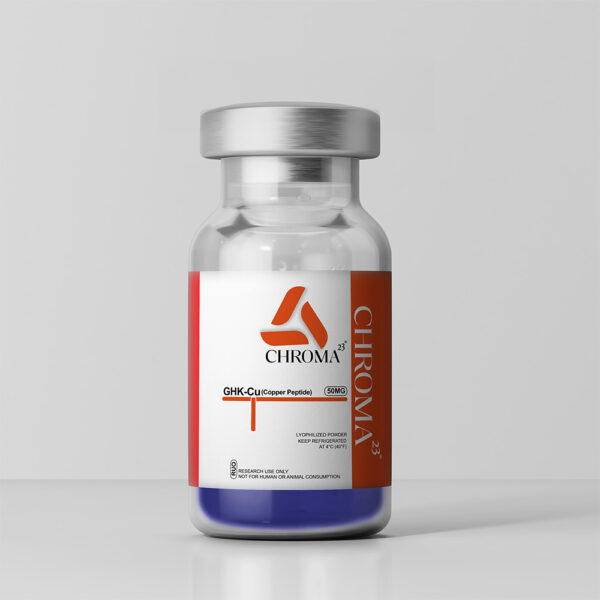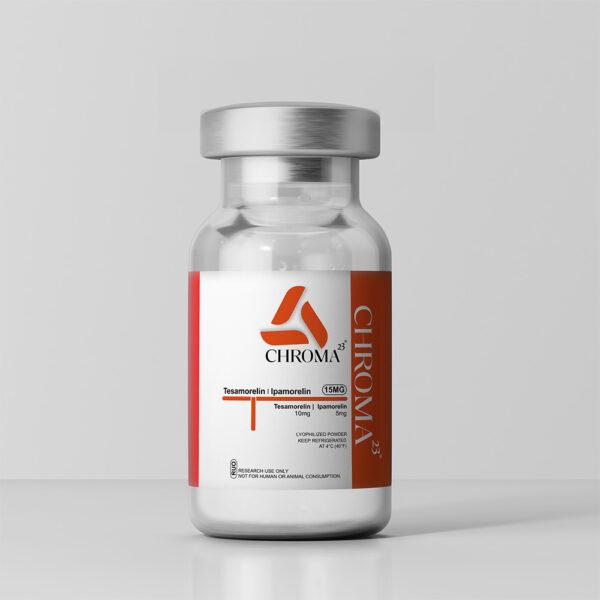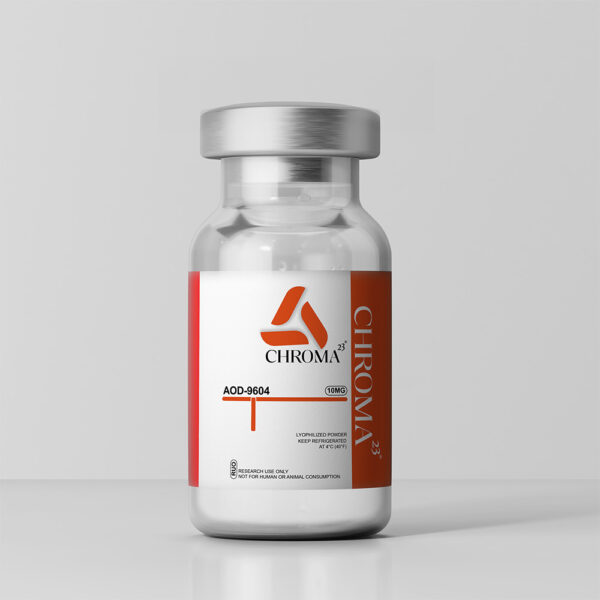Sermorelin is a synthetic peptide composed of 29 amino acids that functions as a growth hormone-releasing hormone (GHRH) analogue. By mimicking the natural GHRH, it stimulates the anterior pituitary to release growth hormone (GH) in a controlled manner. It acts on the GHRH receptor in the pituitary, prompting the secretion of GH, which then triggers downstream effects such as the stimulation of insulin-like growth factor 1 (IGF-1), a hormone that plays a central role in cell growth, muscle regeneration, and metabolic processes.
In research settings, Sermorelin has been utilized to investigate the physiological role of GH in growth, tissue repair, and metabolic function. Its impact on the hypothalamic-pituitary axis (HPA) has made it a valuable tool for studying pituitary regulation, feedback mechanisms, and hormone secretion dynamics. Because Sermorelin stimulates endogenous GH release, it serves as a useful agent for understanding how the body naturally controls growth hormone levels in response to various stimuli.
Sermorelin’s potential applications in the field of aging have also been a major research focus. As natural GH secretion declines with age, studies have explored how Sermorelin administration might restore GH levels and, by extension, counteract age-related declines in muscle mass, bone density, and metabolic rate. These studies suggest that Sermorelin may have promise in research related to age-associated decline in growth hormone production, offering a window into possible therapeutic strategies for combating aspects of aging at the cellular and metabolic levels.
Furthermore, Sermorelin has been employed in metabolic and obesity research to examine its role in regulating fat storage, insulin sensitivity, and lean muscle mass. It has been studied in animal models to investigate its effects on nutrient partitioning, as well as how it may influence energy homeostasis. Its impact on muscle regeneration has also drawn interest in the context of sports science and cellular repair.
Sermorelin is delivered in a lyophilized form to ensure maximum stability and purity. Researchers reconstitute it with appropriate solvents before using it in controlled studies, whether in cell cultures or animal models. The product is rigorously tested to ensure it meets high standards of purity and consistency, suitable for research applications requiring exacting scientific protocols.
Note: This product is intended strictly for laboratory research purposes. It is not approved for use in humans or animals.

